5 March 2023 - North Wales
« Newer | Older »Black Grouse, Surf Scoter, Velvet Scoters, Slavonian Grebes, Snow Bunting, Ruddy Shelduck
A great day out in North Wales with Simon, Andrew and Steve. After some discussion we decided to begin our trip with a look for Black Grouse at World's End/Horseshoe Pass. Not really expecting a good result given the morning was marching on, but keen to get a male for Steve who hadn't seen one, we were very pleasantly surprised to arrive at the layby to find around a dozen males lekking not too far from the roadside. We watched and listened for a good half hour or more as they bubbled and charged at one another, before gradually moving off as a cyclist appeared. Not long after, a couple of Ravens flew in and landed nearby. We'd also seen at least 6 Stonechat prior to our arrival at the Black Grouse spot.
Carrying on, we headed for Lllanwrst in the hope of finding Hawfinch, and although we found the right spot (and even the right tree!) we failed to find any Hawfinches. We did have Great Spotted Woodpecker and Nuthatch here though.
Heading on to the coast and Llanddullas, we stopped at the beach car park and it wasn't long before Andrew had found a drake Surf Scoter. Accompanied by four or five Velvet Scoters, they were fairly distant but good enough views through the scope. Also here were a number of Red-throated Divers and a few Red-breasted Mergansers. We watched these for a while before wandering down the beach to the river, where it rained and we didn't really see much else.
News came through of two Slavonian Grebes at Llanfairfechan, so we decided to head there, but the car park was really busy and the tide was out. We scanned for some time, without luck, but we did see a number of Razorbills, Guillemots, Eiders, Kittiwakes, Red-throated Divers and Gannets. I found a distant, just-makeoutable Peregrine on the cliff opposite, and just as we were giving up, Andrew latched onto the Slav Grebes in with a group of Great Crested Grebes. We watched these for a while, a little distant, but enough to make out the salient features.
On to Kinmel Bay at Rhyl, where a Snow Bunting had been present on the beach. We wandered around for some time, not knowing exactly where to look, but encountering a number of other species, including 10 Pale-bellied Brent Geese, a couple of Little Egrets and a selection of waders including Curlew, Ringed Plover and Turnstone. Once again Andrew came to the rescue and spotted the Snow Bunting close to the top of the beach among the pale pebbles and well camouflaged. It was moving away from us so we circled around and waited for it to approach us; unfortunately just as it was coming into range it decided to fly past us and disappeared down the beach.
A look in the river revealed a number of Redshank, Curlew and 3 Black-tailed Godwits, but we decided to head on to see if we could find the reported Ruddy Shelduck near the river Clwyd. We arrived at the area but couldn't see anything in the surrounding fields, but eventually located the Shelduck in a distant field. Abandoning the car, we walked down a grassy track to watch them in the late afternoon sunlight. A great end to the day!
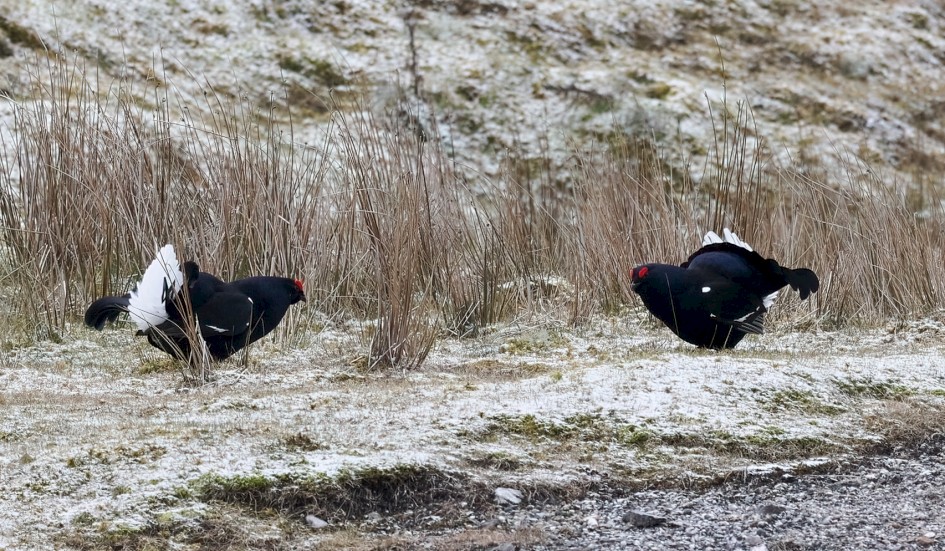
Black Grouse , 1/1 sec, f/7.0, 500 mm
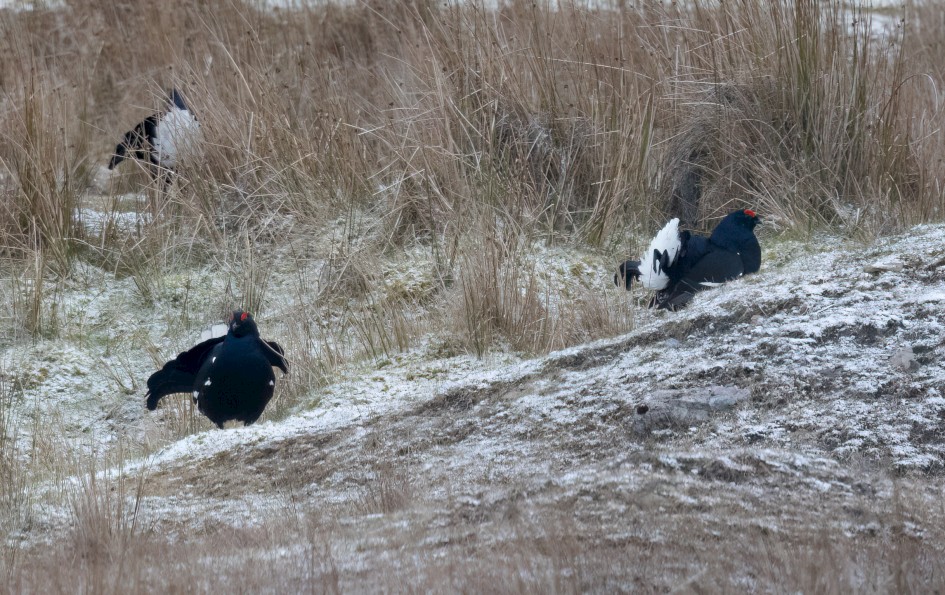
Black Grouse , 1/500 sec, f/7.1, 500 mm, ISO 4000 (view full size image)
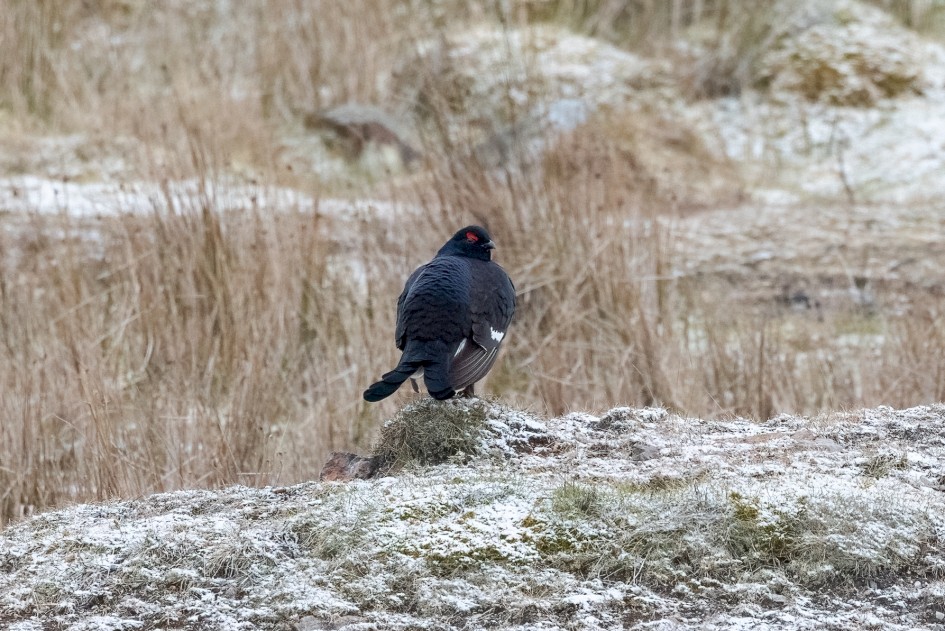
Black Grouse, 1/500 sec, f/7.1, 500 mm, ISO 3200
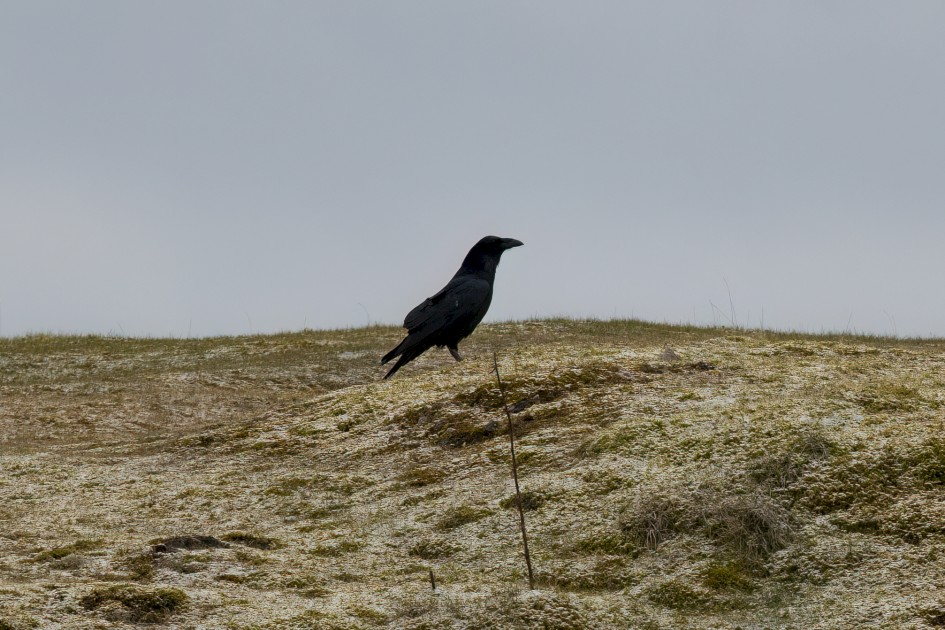
Raven, 1/500 sec, f/7.1, 500 mm, ISO 1000 (view full size image)
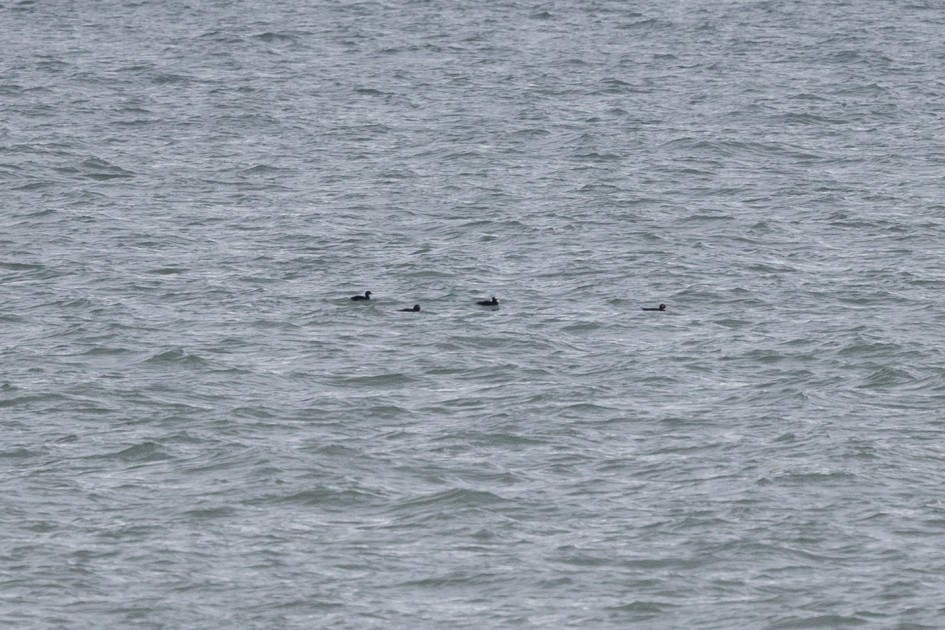
Scoters, 1/640 sec, f/7.1, 500 mm, ISO 640
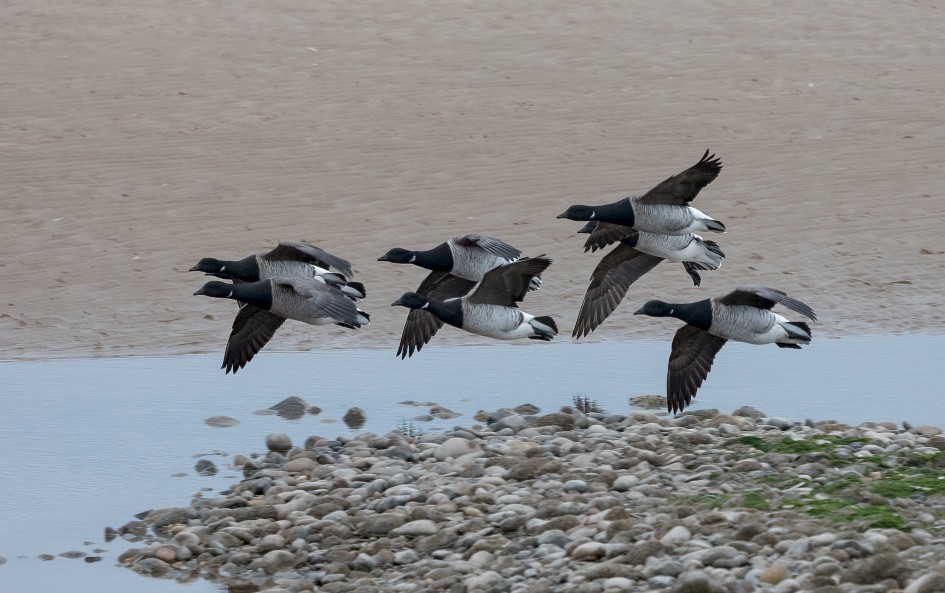
Brent Geese, 1/640 sec, f/7.1, 500 mm, ISO 1250 (view full size image)
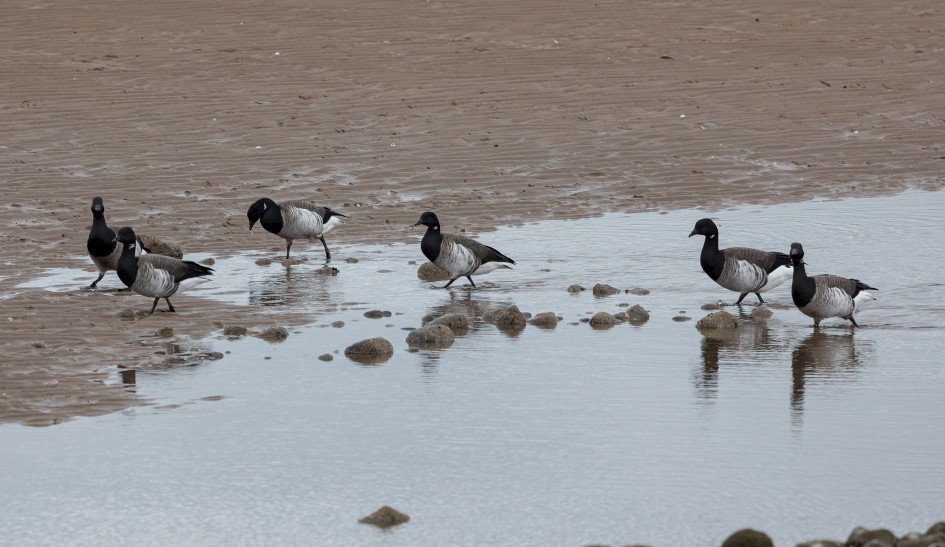
Brent Geese , 1/500 sec, f/7.1, 500 mm, ISO 800 (view full size image)
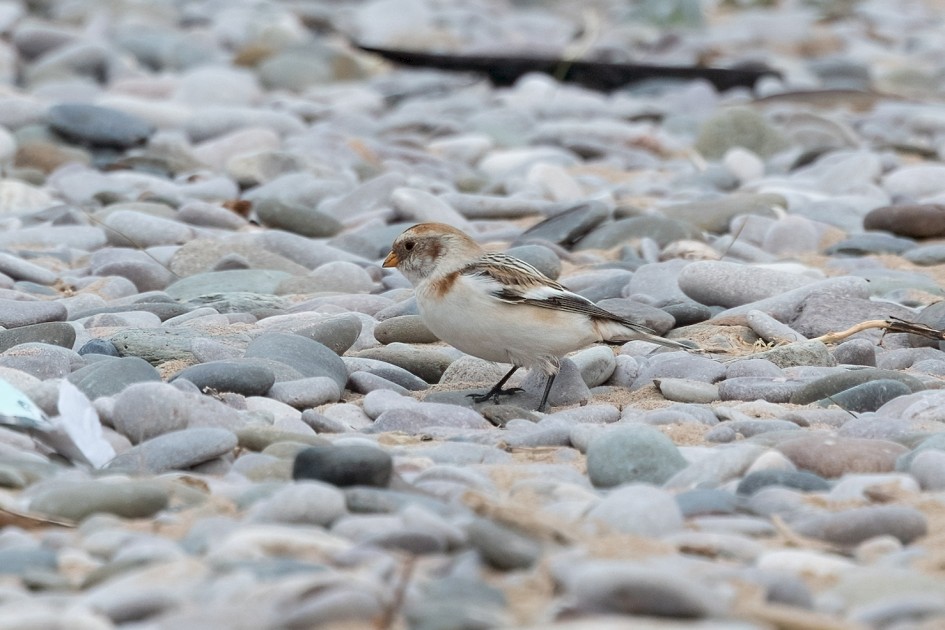
Snow Bunting, 1/500 sec, f/7.1, 500 mm, ISO 500
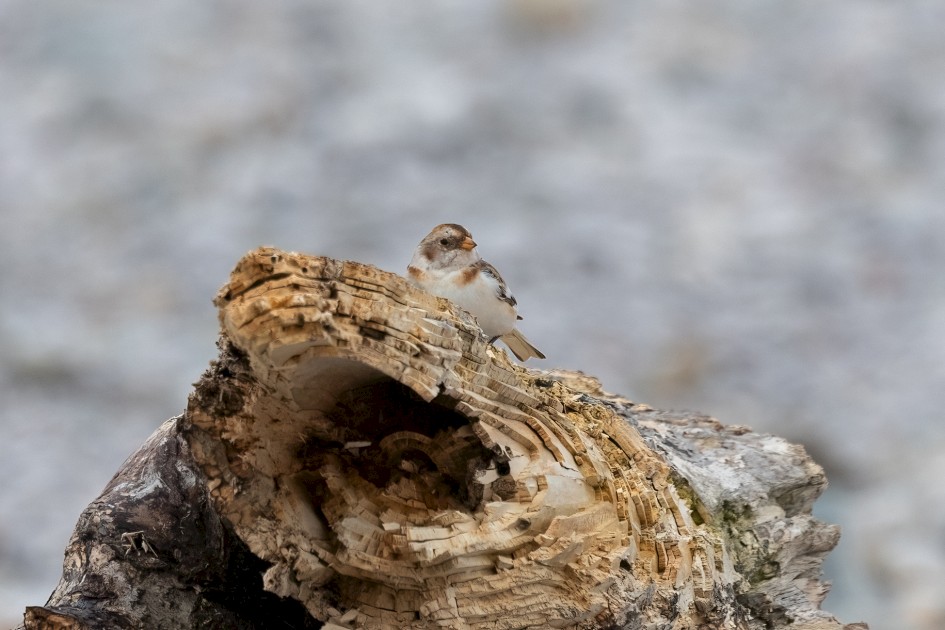
Snow Bunting , 1/500 sec, f/7.1, 500 mm, ISO 500 (view full size image)
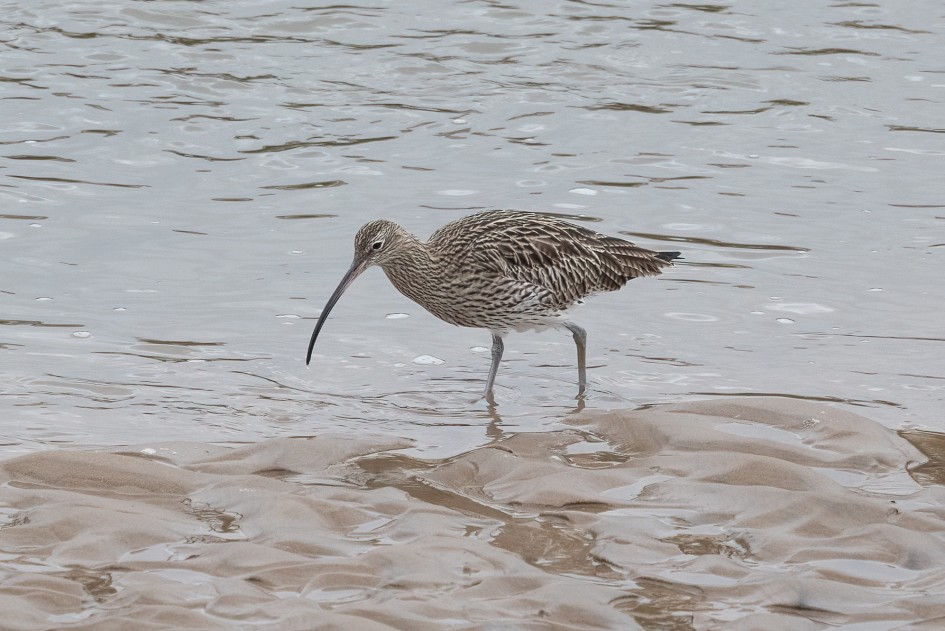
Curlew, 1/500 sec, f/7.1, 500 mm, ISO 1250 (view full size image)
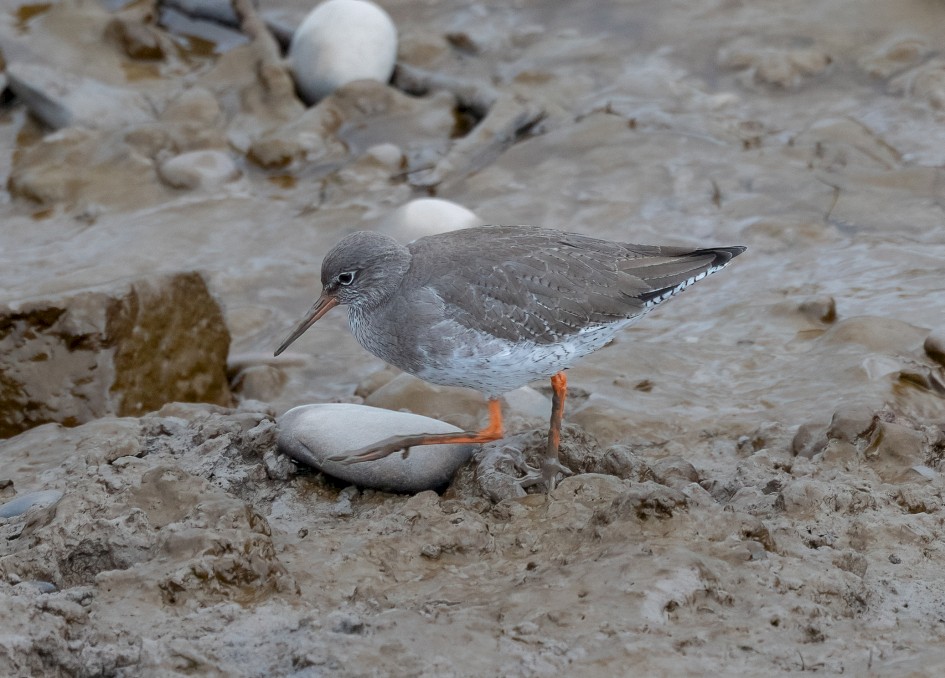
Redshank, 1/500 sec, f/7.1, 500 mm, ISO 1600 (view full size image)

Black-tailed Godwit, 1/500 sec, f/7.1, 500 mm, ISO 1000 (view full size image)
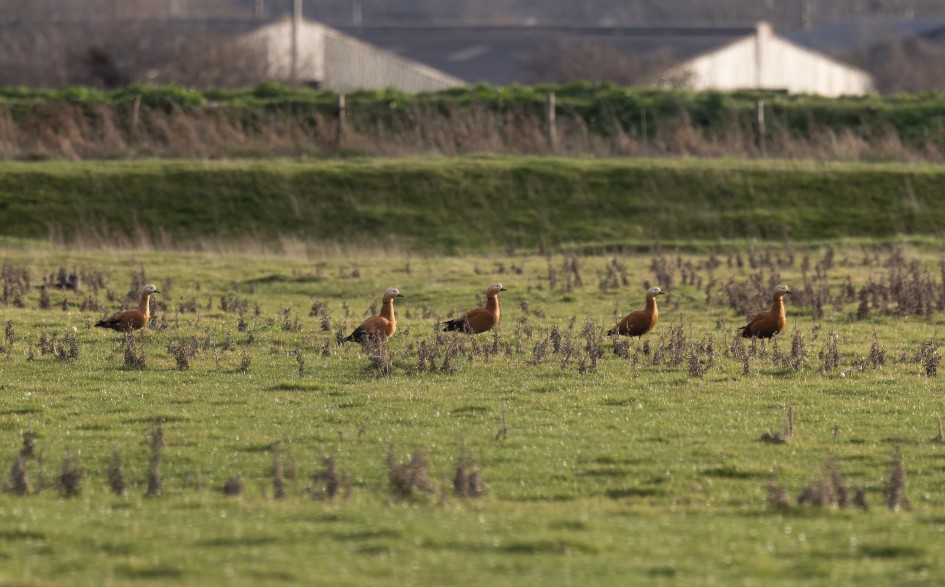
Ruddy Shelduck, 1/640 sec, f/7.1, 500 mm, ISO 500 (view full size image)